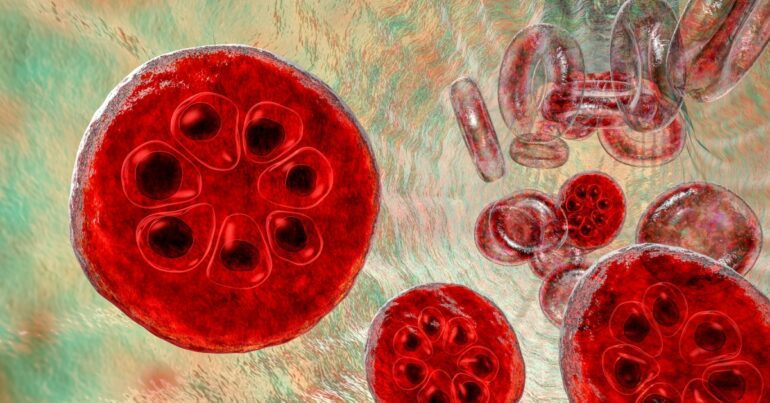TL;DR:
- Researchers at Shantou University in China have developed an AI-powered microscope for malaria diagnosis.
- The microscope uses real-time algorithms to automatically detect malaria parasites and count white blood cells.
- This innovation addresses the challenge of skilled expertise in resource-constrained areas.
- Professor Syed Ahmed Sharif Mahmoud, an expert in biomedical engineering, leads the project.
- Mahmoud’s extensive experience and patents in various fields underscore his leadership in this technology.
- The AI-driven microscope has significant implications for improving healthcare in underserved communities.
Main AI News:
In an astonishing breakthrough, a team of visionary researchers hailing from Shantou University in China, spearheaded by the esteemed Professor Syed Ahmed Sharif Mahmoud and Professor Xiang Fang from the Department of Biomedical Engineering, has introduced a groundbreaking microscope fueled by artificial intelligence.
This cutting-edge microscope is poised to transform the landscape of malaria diagnosis in resource-challenged regions of Africa and Asia, where the conventional diagnostic method demands the expertise of skilled professionals to manually enumerate parasites and white blood cells—a formidable task in such locales.
Professor Mahmoud affirms that this newly minted AI-infused microscope holds the key to a revolutionary solution. By leveraging the ubiquity of smartphones, this state-of-the-art technology seamlessly integrates real-time algorithms endowed with the ability to autonomously detect malaria parasites and tally white blood cells.
This momentous achievement marks a significant stride towards expeditious and precise malaria diagnosis, especially in regions grappling with resource constraints.
Moreover, Professor Mahmoud, the Director of International Collaboration within the Department of Biomedical Engineering at Shantou University, brings a wealth of experience and a storied legacy to this transformative project. With an illustrious career spanning over two decades, he has left an indelible mark on the realms of electrical, electronic, and biomedical engineering, making noteworthy contributions that have garnered a Chinese patent, national and regional accolades, and an elevated stature as a trailblazer in these domains.
Furthermore, Professor Mahmoud’s dedication to machine learning, particularly in the context of perimeter intrusion detection systems, has yielded three international patents, further cementing his stature as a luminary in this field.
Hailing from Sudanese origins, Professor Mahmoud has been an active participant in a plethora of research initiatives, authored numerous scientific publications and books, and secured multiple patents, all testifying to his unwavering commitment to advancing the frontiers of scientific knowledge.
His indomitable contributions continue to sculpt the contours of avant-garde research and groundbreaking innovations. The aforementioned AI-driven microscope innovation stands as a resounding testament to the colossal potential of this technology within the realm of healthcare. Through this pioneering invention, Professor Mahmoud and his erudite team orchestrate a paradigm shift in the realm of malaria diagnosis, charting a course toward a brighter and healthier future for communities clamoring for assistance.
Conclusion:
The AI-powered microscope developed by Professor Mahmoud and his team at Shantou University represents a game-changing advancement in malaria diagnosis. By leveraging AI and smartphone integration, it overcomes the limitations of skilled expertise in resource-limited regions. This innovation not only has the potential to save lives but also opens up opportunities for the healthcare technology market to expand its reach into underserved communities, demonstrating the transformative power of AI in healthcare.

